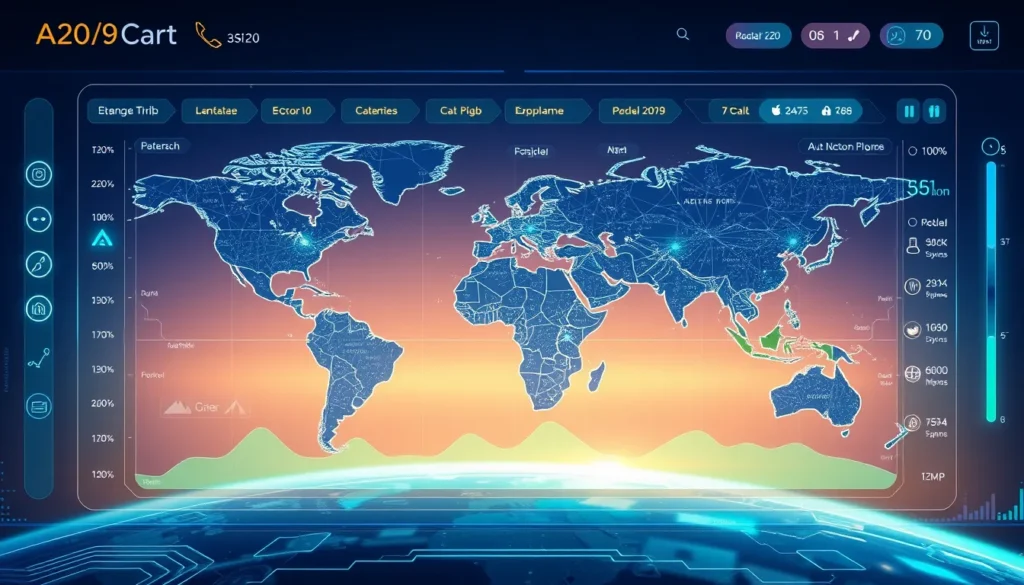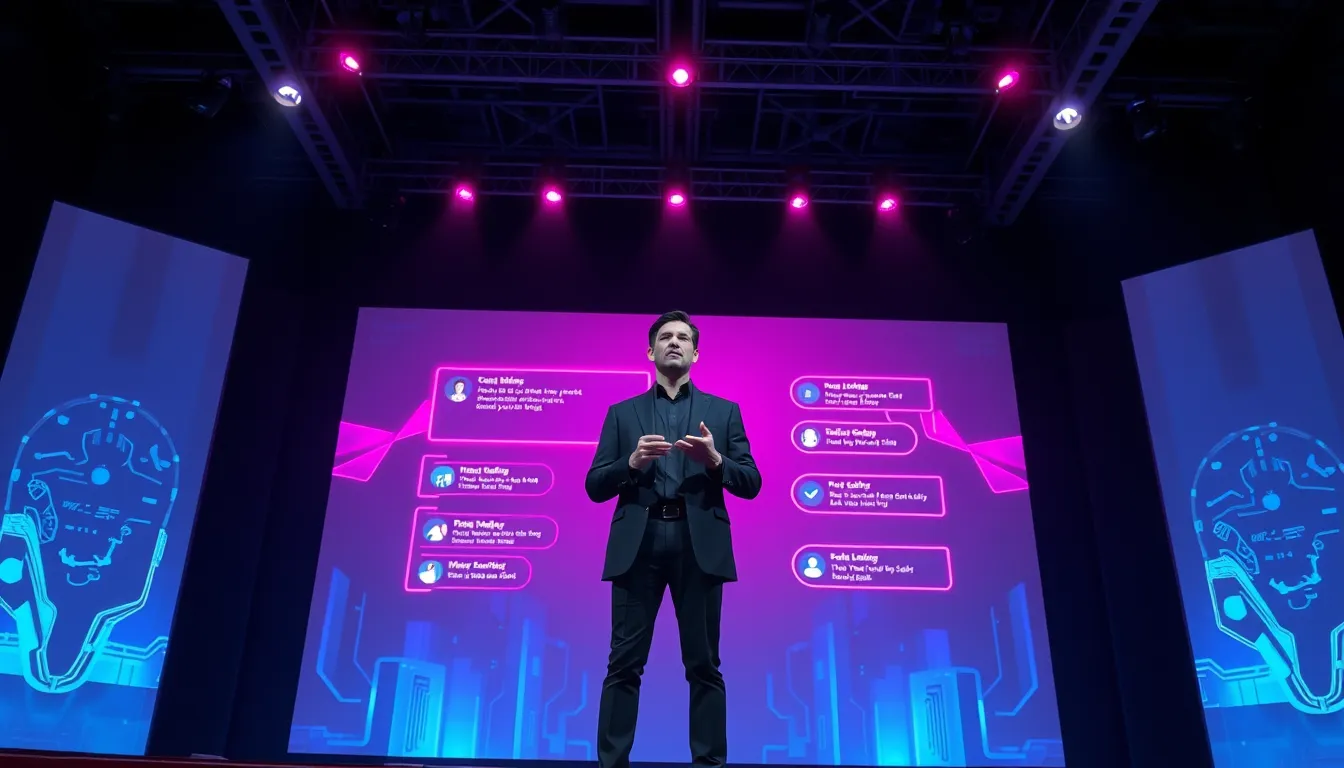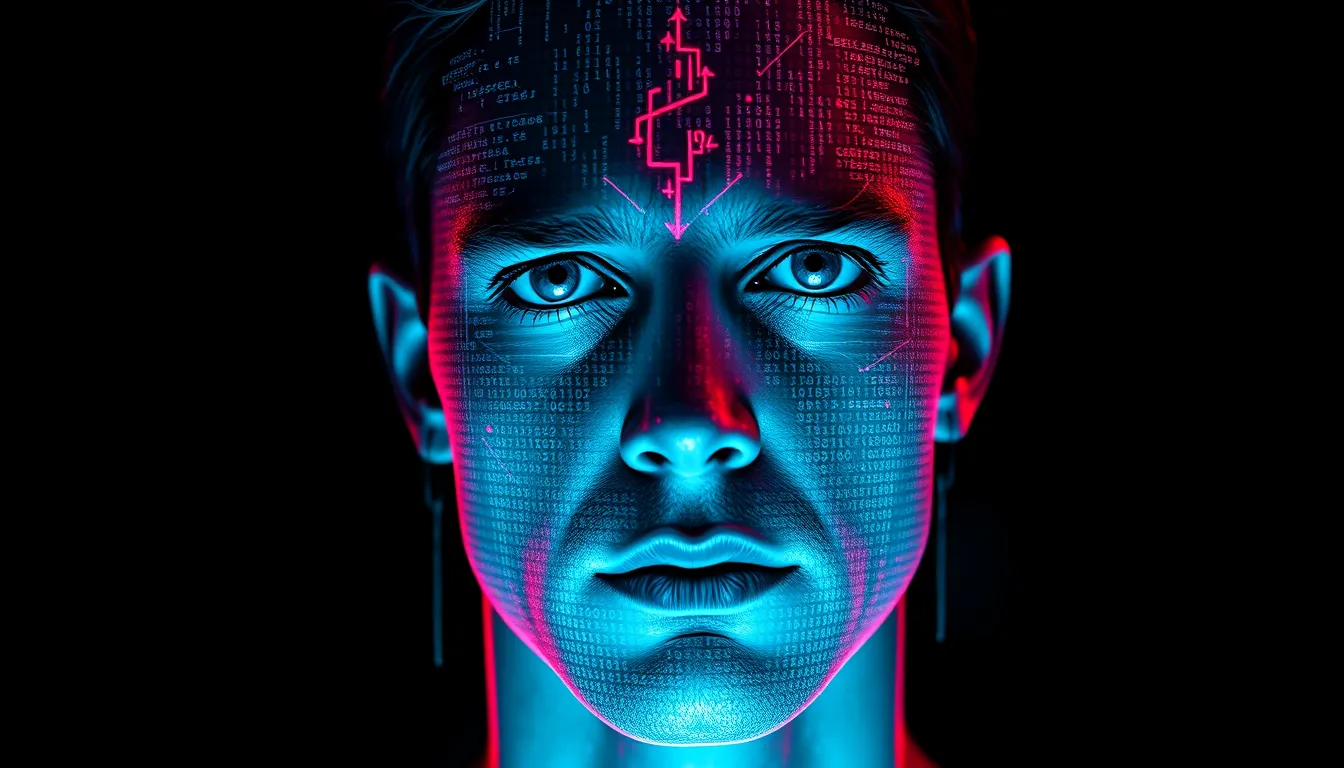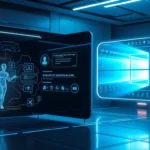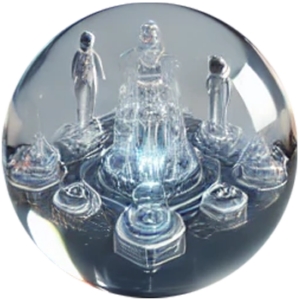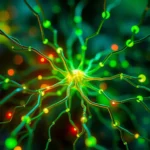Now Reading: Harnessing AI in Healthcare Diagnostics: Transforming Patient Care
-
01
Harnessing AI in Healthcare Diagnostics: Transforming Patient Care
Harnessing AI in Healthcare Diagnostics: Transforming Patient Care

Harnessing AI in Healthcare Diagnostics: Transforming Patient Care
The rapid advancement of technology has led to a paradigm shift in patient care, where AI in healthcare diagnostics plays a pivotal role. Innovations in machine learning and data analytics are reshaping medical imaging, enhancing diagnostic accuracy, and streamlining treatment processes. In this article, we explore how AI in healthcare diagnostics is transforming the landscape of medicine and improving outcomes for patients around the world.
The Role of AI in Healthcare Diagnostics
Artificial Intelligence has become a cornerstone in the modern healthcare system. By analyzing vast amounts of data, AI applications support clinicians by providing insights that are often difficult to detect through traditional methods. Key benefits include:
- Improved diagnostic accuracy
- Enhanced medical imaging interpretation
- Faster diagnosis of complex conditions
These advancements are critical as they not only reduce the possibility of human error but also lead to earlier interventions, ultimately saving lives. For more on how technology is shaping healthcare, visit the National Institutes of Health at NIH for comprehensive research insights.
Enhancing Diagnostic Accuracy with AI
One of the major advantages of AI in healthcare diagnostics is its ability to improve diagnostic accuracy. Machine learning algorithms can meticulously analyze patterns in medical imaging, such as CT scans and MRIs, enabling early detection of anomalies. This technology is especially beneficial in complex cases such as cancer detection, neurological disorders, and cardiovascular diseases.
The impact of AI in healthcare diagnostics is evident in the following ways:
- Data-Driven Analysis: AI tools process large datasets quickly, providing physicians with vital statistics and trends that aid in decision-making.
- Pattern Recognition: By identifying subtle differences in imaging data, AI reduces misdiagnosis and enhances the precision of disease detection.
- Continuous Learning: With every new case, AI systems evolve, becoming even more accurate over time.
AI in Medical Imaging and Its Benefits
Medical imaging is one domain where AI has made significant strides. The integration of advanced algorithms assists radiologists and technicians by highlighting areas of concern and providing real-time feedback. This synergy between man and machine not only increases operational efficiency but also contributes to a reduction in diagnostic times.
- Faster and more accurate interpretations of imaging scans
- Reduction in unnecessary follow-up tests
- Enhanced ability to monitor progression of diseases over time
For regulatory information, the U.S. Food and Drug Administration offers resources on how emerging AI technologies are evaluated. Learn more at their official website: FDA.
Exploring Challenges and Future Directions
Despite the promising advantages, the integration of AI in healthcare diagnostics also faces challenges. These include data privacy concerns, the need for diverse datasets to avoid bias, and the requirement for rigorous validation before clinical implementation. Addressing these issues is crucial for ensuring safe and effective use of AI in medicine.
Future directions in this field might include:
- Increased collaboration between technology companies and medical institutions
- Advanced training programs for medical staff on AI applications
- Implementation of ethical guidelines to protect patient data
Experts also stress the importance of transparent data sharing protocols to build public trust. Notably, organizations like OpenAI are actively involved in research that drives new breakthroughs and ethical considerations in the field.
How AI Improves Diagnostic Accuracy
A deeper dive into how AI improves diagnostic accuracy reveals several technological strategies. The focus on AI in healthcare diagnostics extends beyond mere data processing; it also involves predictive analytics that forecasts potential health issues before they fully manifest. Here are some additional techniques used in the industry:
- Neural Networks: These systems mimic the human brain’s processing, enabling a sophisticated approach to problem solving in medical contexts.
- Deep Learning: By using layered algorithms, deep learning models can identify complex structures in imaging data that are invisible to the naked eye.
- Integration with Electronic Health Records (EHRs): AI systems help synthesize information from diverse sources to create a comprehensive patient profile.
Conclusion
In summary, AI in healthcare diagnostics is not just a technological trend—it is a transformative force that is setting new standards in patient care. The combination of improved diagnostic accuracy, enhanced imaging techniques, and the ever-evolving nature of AI technology is paving the way for a more proactive healthcare system.
While challenges remain, the potential of AI applications in diagnosis encourages ongoing research and collaboration across multiple industries. By investing in these technologies and addressing the challenges head-on, the future of healthcare appears promising and more efficient than ever.
As the field evolves, continual learning and adaptation will be essential. Medical institutions, tech innovators, and regulatory bodies must work together to capitalize on AI’s full potential while safeguarding patient welfare.
Call to Action
Healthcare professionals are encouraged to explore the latest advancements in AI by subscribing to industry journals and attending expert-led seminars. Integrating these technologies into standard practice can significantly elevate the level of patient care.
In an era where rapid diagnosis and personalized treatment are critical, embracing AI in healthcare diagnostics stands as a pivotal step towards revolutionizing patient outcomes. With its ability to analyze data with precision and provide actionable insights, AI is set to redefine the future of medicine.
For more insights, consider exploring additional resources on cutting-edge healthcare technologies available through research institutions and trusted regulatory bodies.
By staying ahead in the digital transformation curve, healthcare providers can ensure that innovation translates into real-world improvements in patient care and overall healthcare quality.




